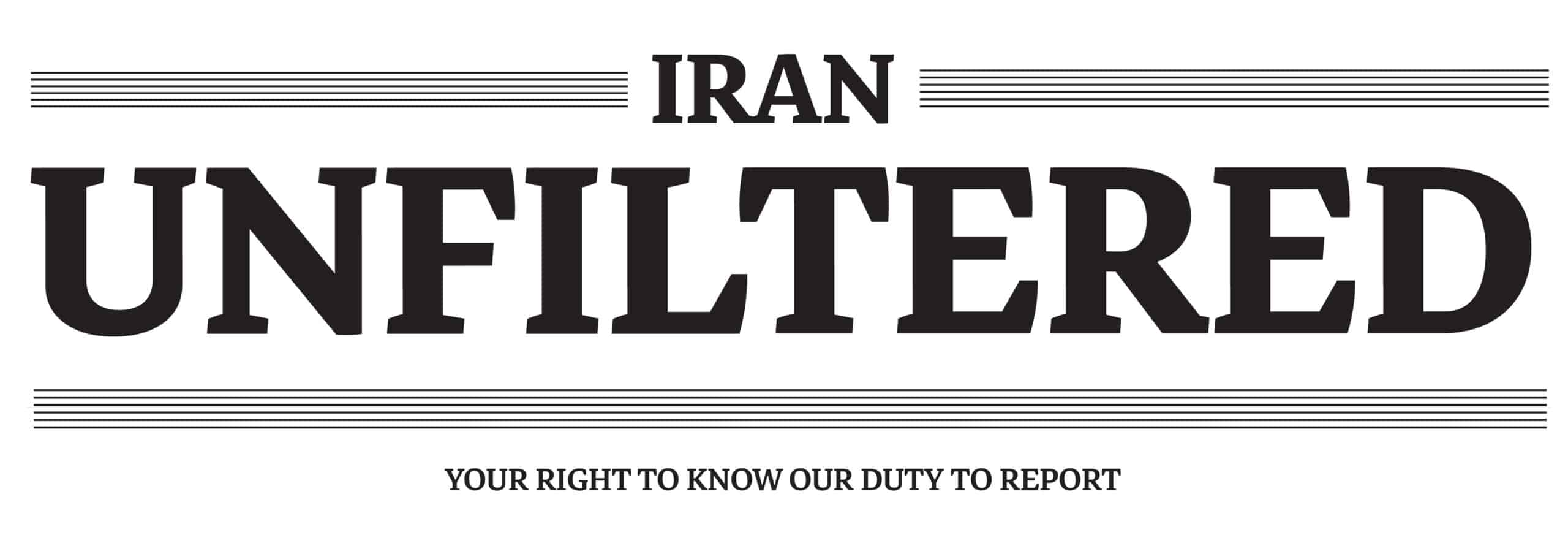Iran has rarely looked so hemmed in. In the space of just a few months, it has endured a barrage of diplomatic, regional, and domestic blows. The regime is weaker, its failures more visible, its isolation deeper.
The sharpest sting comes from Europe. France, Germany, and Britain confirmed they will trigger the “snapback” mechanism at the United Nations, restoring sanctions lifted under the 2015 nuclear deal. Once invoked, it automatically reimposes embargoes on arms and missiles, along with travel bans and asset freezes. Tehran vows a “harsh response.” The Europeans had offered Tehran a reprieve in July if it returned to talks, restored inspector access, and accounted for its stockpile of enriched uranium. Iran refused. The country still holds more than 400 kilograms of uranium enriched to 60% purity, a level close to weapons grade that experts say has no plausible civilian use, and more than 9,000 kilograms in total, far above the deal’s limits. Inspectors are back, but only on Tehran’s terms and with a clipped mandate. Any hope of a settlement still hinges on Washington, the player Tehran fears most, but Khamenei has ruled out direct talks with the United States, calling them “unsolvable.” Rafael Grossi, the IAEA’s chief, now moves under heightened protection in Vienna after threats traced to Iran. A regime that cannot tolerate inspectors without menacing them is unlikely to convince the world it has nothing to hide.
Only days earlier, Australia expelled Iran’s ambassador and designated the Islamic Revolutionary Guard Corps (IRGC) as a terrorist organization, blaming it for arson attacks against Jewish targets in Melbourne and Sydney. The government says it has “credible intelligence” that Tehran paid local criminals. Canberra pulled its diplomats out of Tehran in advance. Iran promises “reciprocal action.” Iranian Australians, meanwhile, cheer the crackdown but fear for families back home. Many already report harassment of relatives by the IRGC. Now they brace for worse.
Iran’s troubles extend into its own neighborhood. On August 8, Armenia and Azerbaijan signed a peace deal in Washington, granting America a 99-year lease on a corridor across southern Armenia. The “Trump Route for International Peace and Prosperity” links Azerbaijan to its Nakhchivan exclave and on to Turkey, bypassing Iran altogether. For decades Tehran sold itself as a transit hub between Russia, the Caucasus, and Europe. TRIPP leaves it a bystander. Ali Akbar Velayati, adviser to the Supreme Leader, thundered that the corridor would be “a graveyard” for America’s mercenaries. The threat would sound more convincing if Iran had the means to stop it.
Even its friendships look shaky. Russia, long touted as Iran’s “strategic partner,” is under suspicion. Mohammad Sadr, a member of the Expediency Council appointed by Ayatollah Ali Khamenei, accused Moscow of passing intelligence on Iranian air defenses to Israel during June’s 12-day war, which left Iran’s nuclear and military sites in ruins. He called the alliance with Russia “hollow and empty.” The judiciary promptly charged him with “false statements.” But the damage was done: a regime insider had said aloud what many in Tehran whisper. Moscow is happy to buy drones from Iran, but drags its feet on delivering fighters, sells air defenses to Turkey, and plays both sides with Israel. The friendship looks transactional at best, as does that with China, which offers Iran some diplomatic cover and buys its oil on the gray market, but whose backing is cautious and far short of the insurance policy Tehran craves.
The regime’s proxies are faltering. In Lebanon, a US-backed plan to disarm Hezbollah, once Iran’s most formidable outpost, has the support of the cabinet and foreign peacekeepers after the group was mauled in last year’s war with Israel. Its new leader, Naim Qassem, vows to keep the arsenal, but the movement is weakened, its social base grumbling and its supply lines squeezed. Syria’s new rulers, no longer allies of Tehran, have banned Iranian forces, cut off the corridors that once moved cash and weapons, and even clashed with Hezbollah-linked clans along the border. What was a secure land bridge to the Mediterranean is now a liability. Ali Larijani’s recent visit to Beirut, meant to project strength, only sharpened calls to curb Iranian meddling. In Iraq, Shia militias that once trumpeted solidarity with Tehran are distracted by business fiefdoms and electricity shortages, more interested in contracts than confrontation. The “axis of resistance” still exists on paper, but in practice it is fraying. Iran can still stir trouble across the Middle East, but its grip is loosening.
At home, authority is leaking away. Khamenei, at 86, is fading from the stage. Once-lengthy sermons are now brief appearances. Succession is no longer whispered about but debated openly. The IRGC—part praetorian guard, part armed force, part business empire—is circling. President Masoud Pezeshkian looks feeble; ex-presidents and dissidents scent opportunity. The rial plunges, the power cuts lengthen, executions rise. Nationalism is puffed up to mask theocratic fatigue. Reality television sneaks past the censors; headscarves slip in Tehran’s streets.
The picture is of a country boxed in on every side: sanctioned by the West, sidelined in the Caucasus, snubbed by its supposed ally, and uncertain of its own leadership. The temptation is to think such isolation will merely harden Iran’s rulers. Yet history suggests regimes that lose friends abroad and coherence at home eventually falter. The IRGC may thrive on confrontation, but ordinary Iranians are weary of it. Markets are already reacting: the rial, trading near 960,000 to the dollar, has slid further on the prospect of snapback, as businesses scramble for scarce hard currency. Economic desperation deepens as electricity and water crises edge toward catastrophe. Iran’s people, highly educated and with memories of better times, know what they are missing. The country’s leaders may claim that isolation preserves the Islamic Republic; in time, it may instead hasten its undoing.
Photograph: Khamenei.ir, Wikimedia Commons
